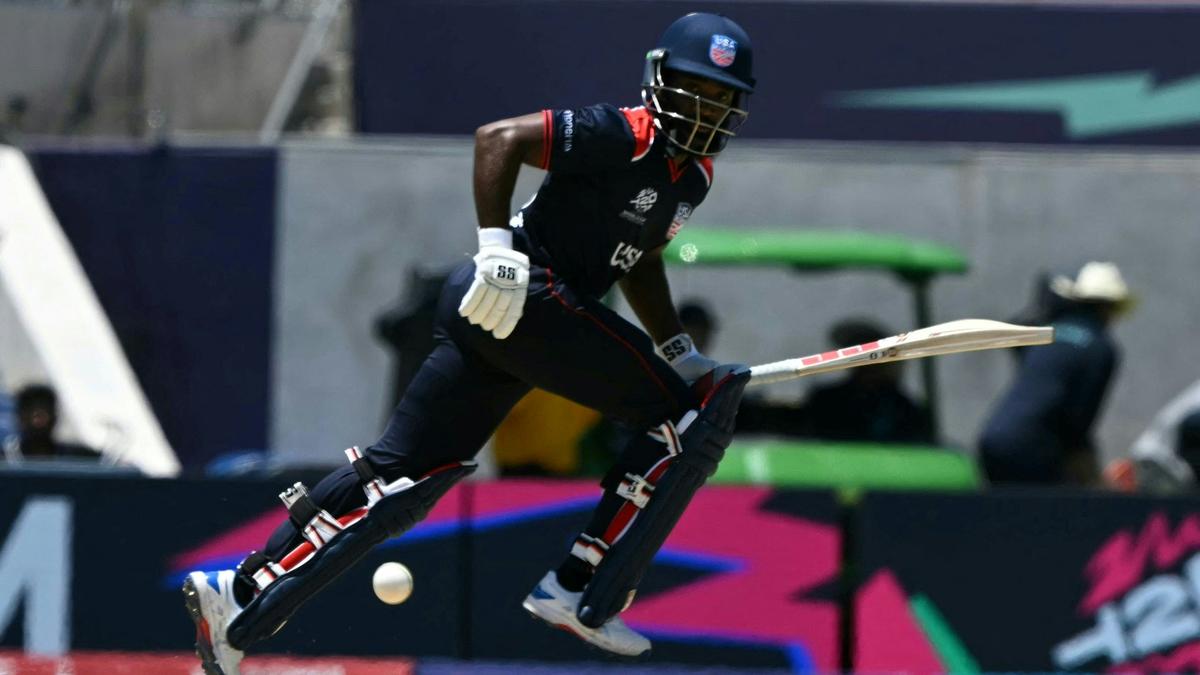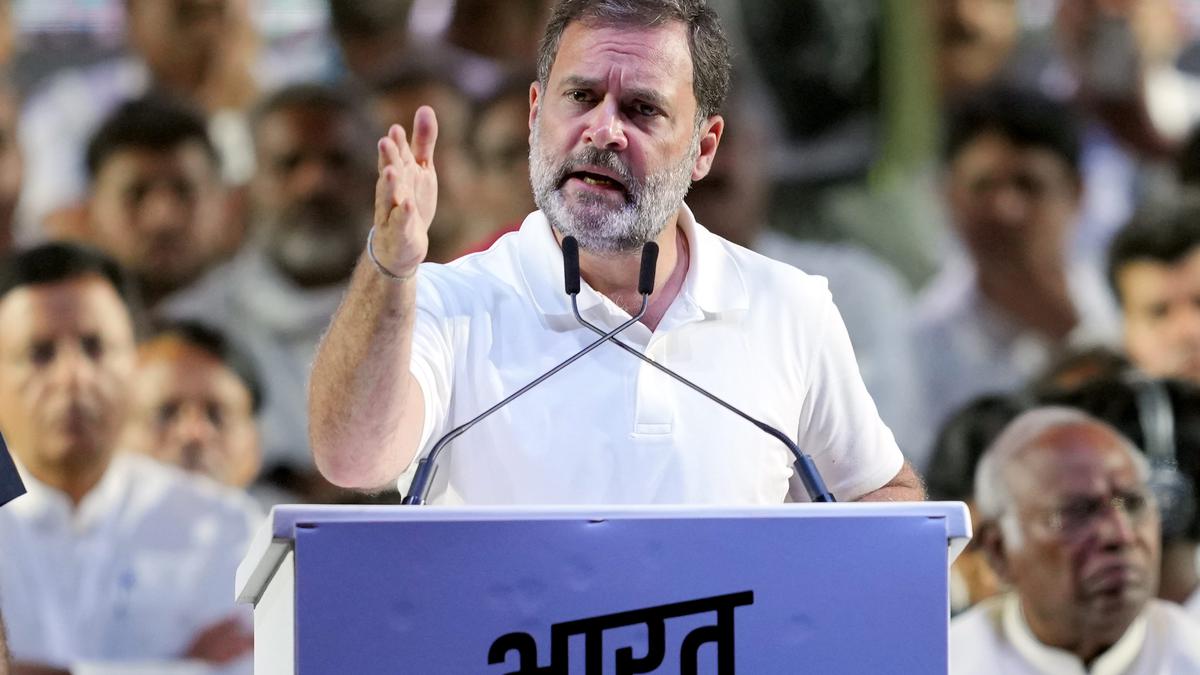When I was growing up, the face of Indian cricket was Sunil Gavaskar. He was the textbook, necessarily risk-averse at the top of an inconsistent batting order, and when he was dismissed a nation sighed in distress knowing the bulk of the batting was gone.
It says something about the game today that the face is Abhishek Sharma, 23, of the Sunrisers Hyderabad and Punjab. Actually, it could be any of a group of players. Abhishek represents a type, the new Indian batter, different in sum and substance from players of earlier generations.
At 23, Gavaskar was playing alongside the best with the World XI on a tour of Australia. Abhishek is also playing with the best but in another format. He is the batter Australian captain Pat Cummins has called ‘scary’, admitting how grateful he is that he does not have to bowl to him (they are in the same team). The last Indian batter to give an Australian bowler nightmares was Sachin Tendulkar, as Shane Warne admitted when bowling to him a quarter century ago. But I digress.
The short opening batter Gavaskar made us all feel taller with his exploits in and outside India, against some of the most dangerous fast bowlers to have played the game. A country not used to winning was happy if he scored a century in lost causes. He made 34 of them in all, 28 in lost or drawn games.
Talk then often revolved around ‘saving our honour’, ‘defeated but not destroyed’ and other similar concepts. This was our consolation.
Abhishek scored 467 runs in the IPL league at a strike rate of 209 without once playing more than 30 balls in an innings. 41 deliveries produced 246 of those runs, or more than half came off sixes. The realisation is beginning to spread that the strike rate may be more important than the average, especially if a batter plays a good number of deliveries. The idea has been around for a while, but it has taken players (and fans) time to sign up to it. We are still obsessed by large numbers.
The comparison between batters of two different eras, two styles and two attitudes isn’t about the individuals themselves, but about what it says about the game and the public attitude to it.
Gavaskar standing for cricket meant that his ideas became our ideas, his approaches became our approaches, and what he felt about the game became our guide. And he felt that the one-day game (50-over or earlier, 60) was not cricket. There were two consequences, one professional and the other personal to Gavaskar. The former was that India’s administrators didn’t think much of the one-day game either, and saw the matches as mere routine affairs, and the World Cup as a necessary evil. Personally, it saw Gavaskar make just one century in the format, in his penultimate match.
Abhishek is telling us – through his bat — that T20 is different on the field as well as in the mind. It is a format where a 20-ball 50 is more important than an 80-ball 100. And that calls for a mindset (and a team management) which accepts failure and inconsistency. The measures of success in the case of the two openers are different. Gavaskar wasn’t expected to play anything like Abhishek is – neither is Abhishek’s T20 be judged by the Gavaskar standard. The two openers in their different ways represent their time and their sport.
Curiously, neither of India’s two outstanding young performers in the IPL find a place in the national side. Fast bowler Mayank Yadav, 21, bowled just 73 deliveries for the Lucknow Super Giants, missing games through injury. Both he and Abhishek will face follow-up blues – they will have to show consistency and fitness to break into the national side.
Selectors sometimes like to strike when the iron is hot — as when the player is in form even if he is a bit raw — and sometimes wait for the near-finished product. It is a judgement call. They got it right with Gavaskar all those years ago. He was 21 when he first played for India — and began with 774 in his first series.




